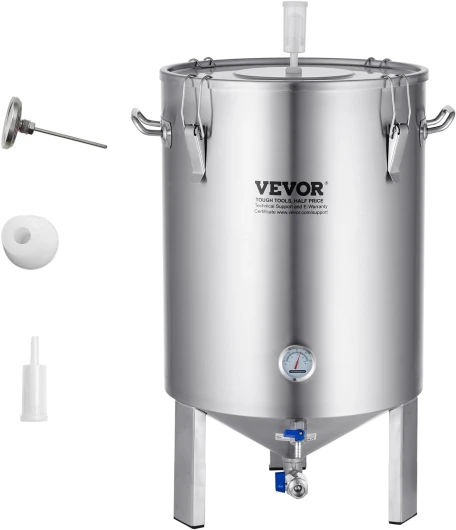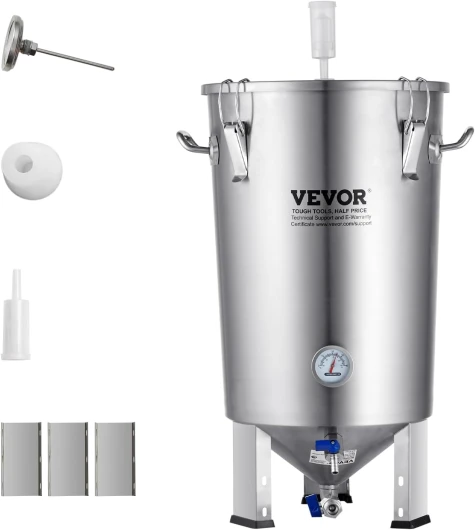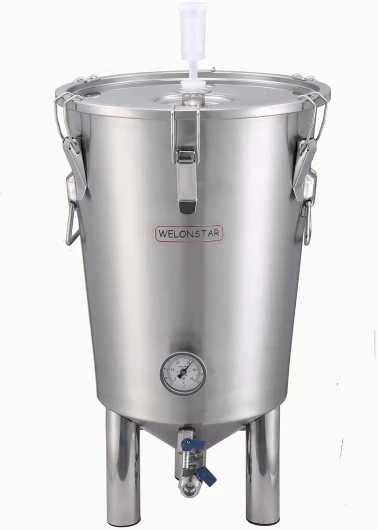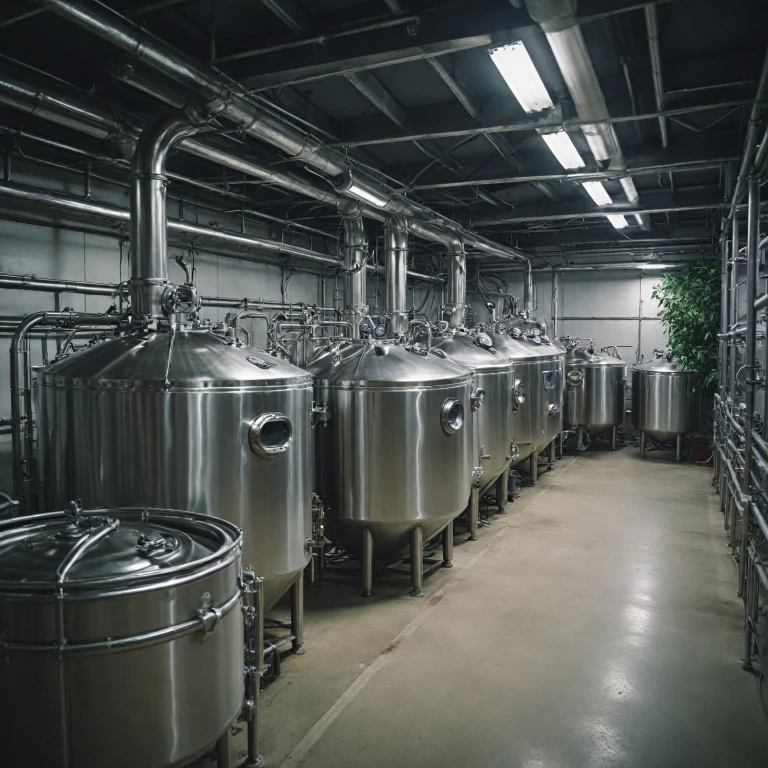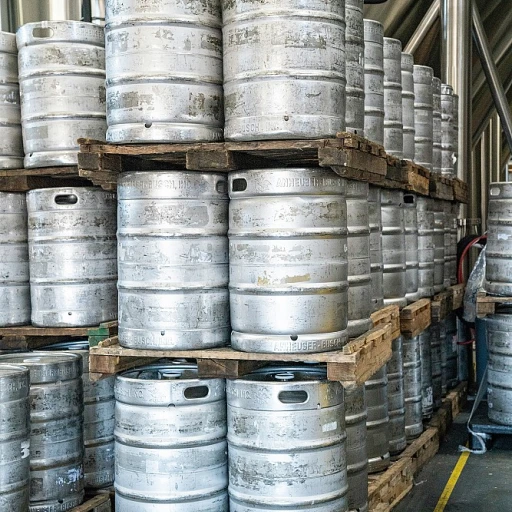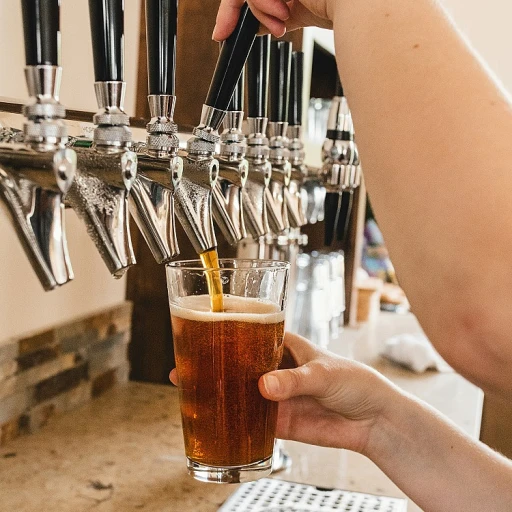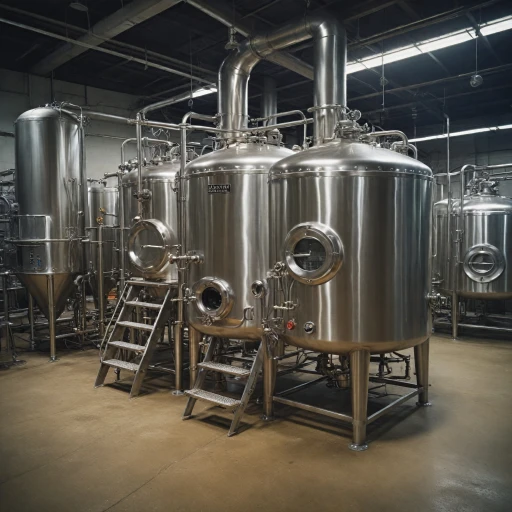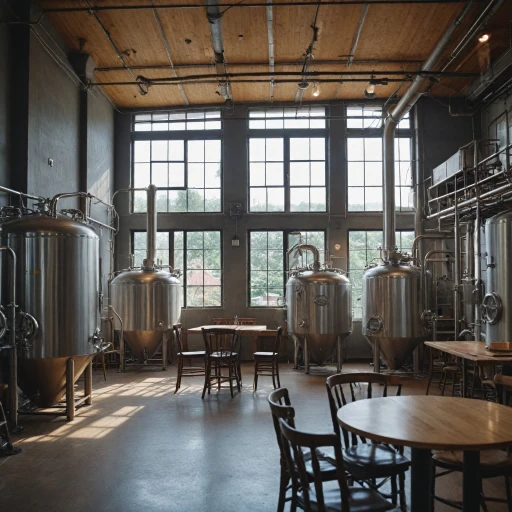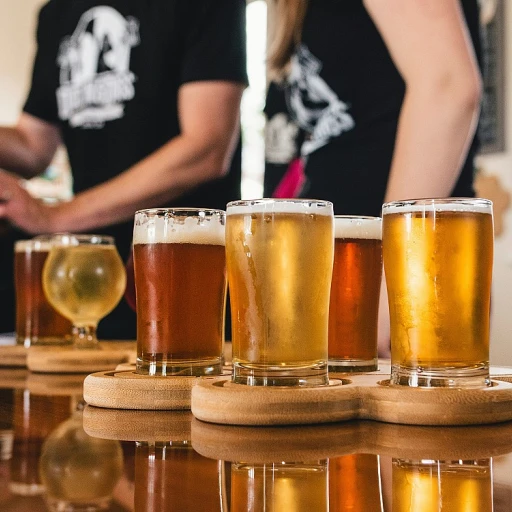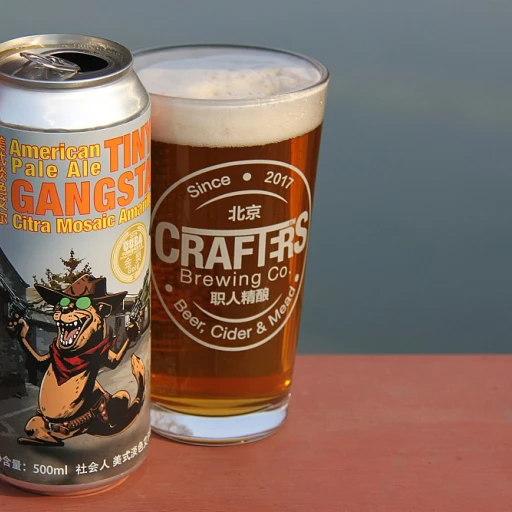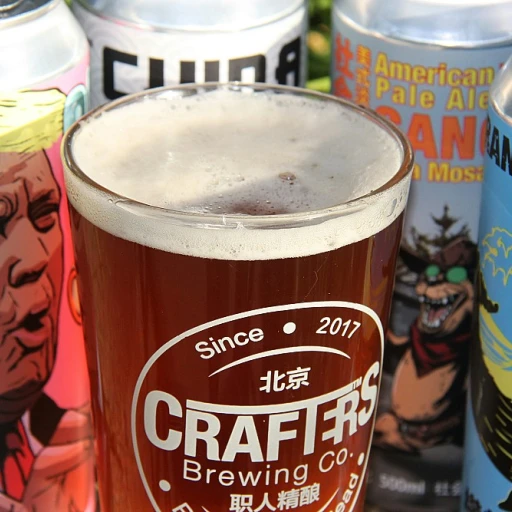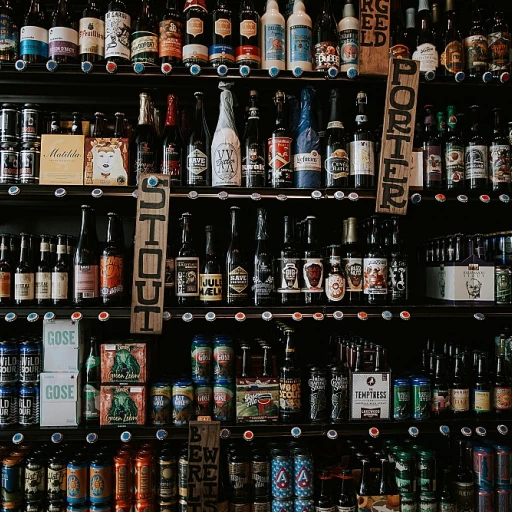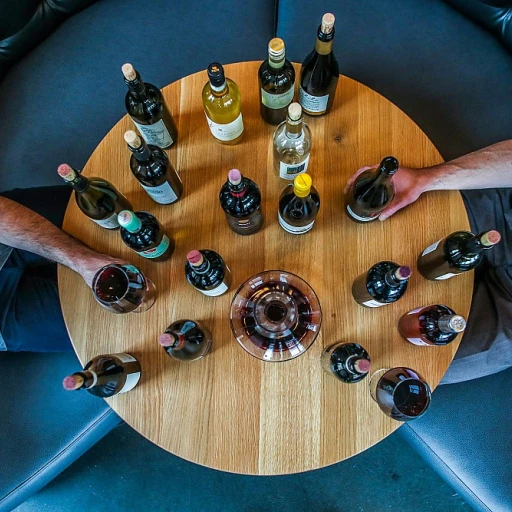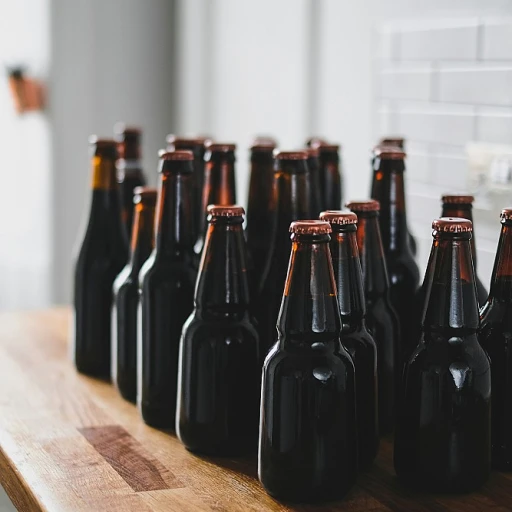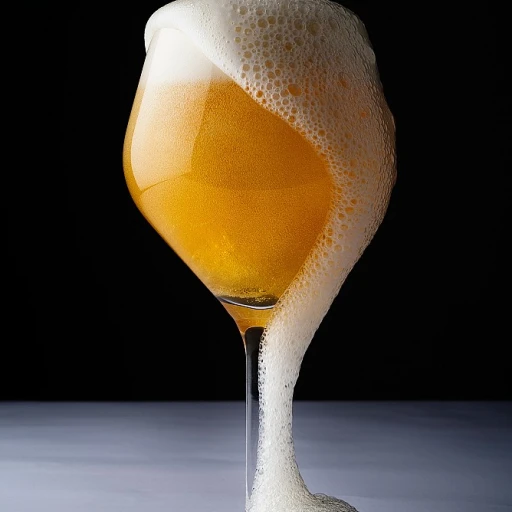
The Role of Fermentation Tanks in Beer Making
Foundation of Beer Creation
Fermentation tanks are a pivotal part of the beer-making journey, as they provide the perfect environment for yeast to thrive and work its magic. This stage transforms a sugary liquid called wort into the alcoholic beverage we all know and love. When wort is added to these tanks, yeast is introduced to convert sugars into alcohol and carbon dioxide. The type of tank and the conditions maintained within it profoundly influence the final flavor and character of the beer.
The magic of fermentation begins as the process adapts to the specific needs of the beer. This includes factors such as temperature control, oxygen levels, and the use of pure versus spontaneous yeast strains. Whether a brewer opts for a spontaneous fermentation method, allowing wild yeast and bacteria to inoculate the wort, or they choose an inoculated approach, determines much about the ultimate taste and aroma.
In some cases, beer makers incorporate techniques traditionally used in winemaking, such as aging beer in wooden barrels to enhance complexity. These methods introduce unique flavor profiles and textures, enriching the beer with wine-like characteristics.
Understanding the role of sensory analysis in beer production is also essential during fermentation. This process involves assessing the flavors and aromas that develop, and, at times, employing techniques like those found in analyzing data to monitor and adjust the fermentation process for the desired results.
Spontaneous vs. Inoculated Fermentation
Varieties of Fermentation Techniques in Beer Production
One of the key decisions in the beer fermentation process is whether to use spontaneous or inoculated fermentation. Both methods offer unique benefits and influence the flavor profile of the final product.
Spontaneous Fermentation: This traditional technique relies on ambient yeast and bacteria present in the environment to ferment the beer. It offers a naturally complex flavor profile with unique nuances. Spontaneous fermentation is often associated with Belgian Lambics, where the influence of local microflora and conditions create distinct regional characteristics in the beer.
Inoculated Fermentation: In contrast, inoculated fermentation involves the deliberate introduction of specific yeast strains to control the process. Breweries often prefer this method for its predictability and consistency in producing desired flavors. It allows for greater control over fermentation parameters, ensuring the final flavor is in line with the brewer's vision.
Choosing between these methods significantly impacts the sensory experience of beer, much like how evaluating sensory analysis ties into understanding the overall quality and consumer appeal of the beverage. The choice between spontaneous and inoculated approaches can lead to a vast diversity in beer flavors, much like the difference observed in aroma and taste profiles with various hops, which sometimes include additives like gluten.
Sensory Analysis in Beer Production
The Importance of Sensory Analysis in Crafting Quality Beers
In the intricate process of beer production, sensory analysis plays a crucial role in maintaining and enhancing the quality of the final product. While fermentation tanks hold primary importance in the beer-making process, the art of tasting and evaluating the beer's sensory aspects cannot be overstated. Understanding the aromas, flavors, and textures of beer helps brewers in customizing their offerings and meeting consumer expectations.
Sensory analysis involves a series of evaluations by trained professionals or enthusiastic home brewers who meticulously assess the beer's characteristics. Through this discipline, elements such as bitterness, sweetness, aroma, and mouthfeel are scrutinized to ensure a balanced and enjoyable beverage. During the fermentation phase, various chemical reactions occur, releasing aromas and flavors that are central to the beer's identity.
The selection between spontaneous and inoculated fermentation, as previously discussed, also significantly impacts the sensory attributes. Spontaneous fermentation can present a more wild array of flavors due to the diverse range of yeast and bacteria involved. In contrast, inoculated fermentation offers more control over the taste profile, allowing brewers to consistently reproduce beloved beer varieties.
Craft brewers often draw inspiration from the wine industry, borrowing techniques to refine their fermenting practices. Wine techniques, such as barrel aging, can imbue the beer with unique characteristics, further enriching its sensory tapestry. The subtle nuances achieved through these methods are often the distinguishing features that captivate beer enthusiasts.
Additionally, integrating kegerator systems into the serving process can enhance the sensory experience by maintaining the beer at optimal temperatures and carbonation levels, ensuring that the flavors and aromas are perfectly preserved from tank to glass.
In essence, sensory analysis is not merely about tasting; it is a scientific approach to understanding and replicating the intrinsic qualities that define each brew. By honing in on these characteristics, brewers can deliver a drinking experience that not only meets the expectations of their audience but also pushes the boundaries of beer innovation.
The Influence of Wine Techniques on Beer Fermentation
Borrowing Techniques from the World of Wine
In the realm of beer fermentation, the influence of wine-making techniques has become increasingly prominent. Brewers are constantly seeking innovative methods to enhance the complexity and depth of their brews, and looking to the wine industry has provided some intriguing possibilities.
One such technique is the use of oak barrels, a practice long cherished in the wine world. These barrels can impart unique flavors and aromas to the beer, such as vanilla, caramel, and even hints of spice, depending on the type of wood and the previous contents of the barrel. This method not only adds a layer of sophistication to the beer but also allows for a more nuanced sensory experience, as discussed in the sensory analysis section.
Another wine-inspired approach is the use of wild yeast strains. While spontaneous fermentation in beer has its roots in traditional methods, the controlled use of specific wild yeasts from the wine industry can lead to fascinating results. These yeasts contribute to the complexity of the beer's flavor profile, offering notes that range from fruity and floral to earthy and funky.
By incorporating these wine techniques, brewers are able to push the boundaries of what beer can be, creating unique and memorable drinking experiences. This cross-pollination of ideas between the beer and wine industries continues to inspire innovation and elevate the art of fermentation.

